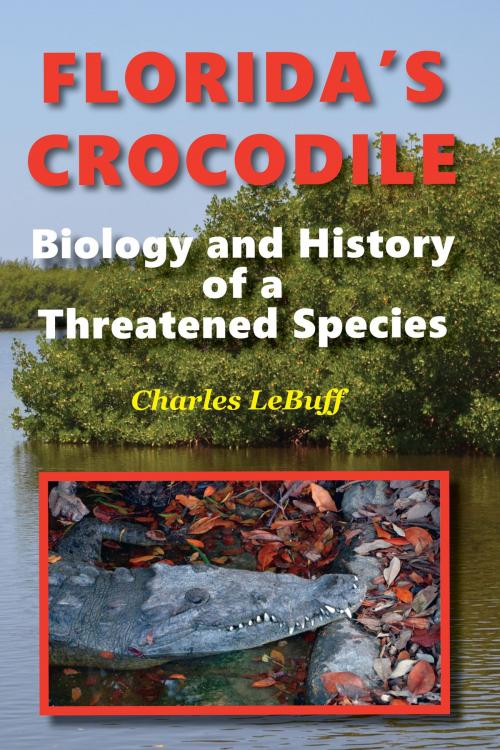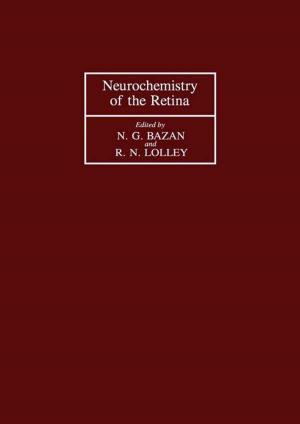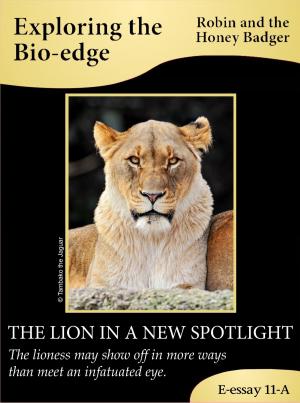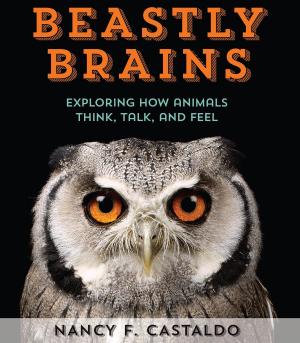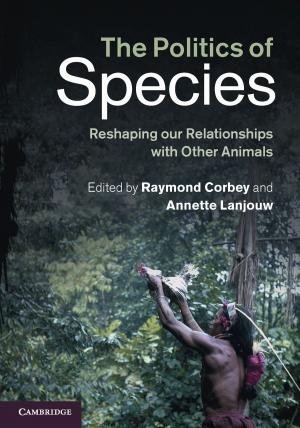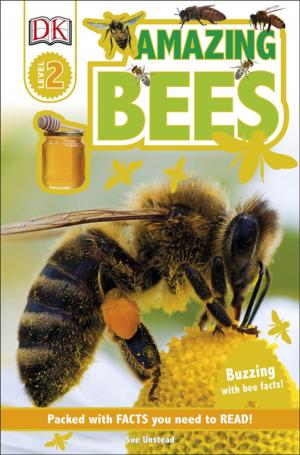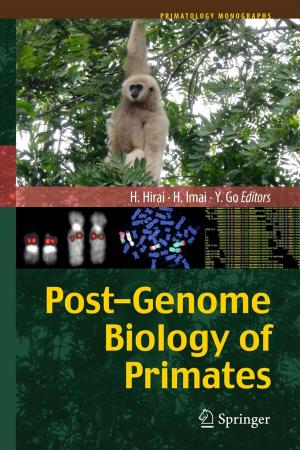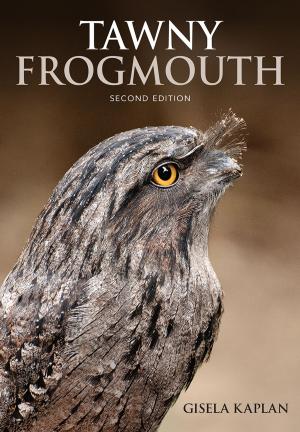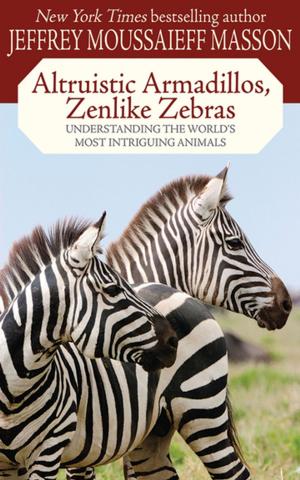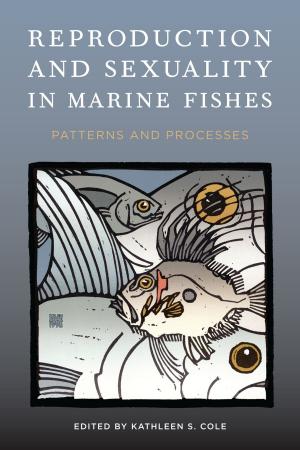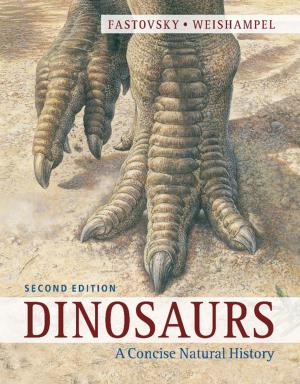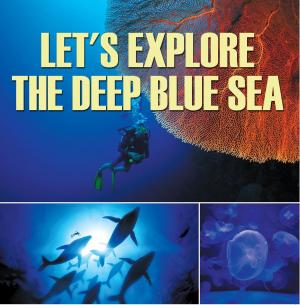Florida's Crocodile: Biology and History of a Threatened Species
Nonfiction, Science & Nature, Science, Biological Sciences, Zoology| Author: | Charles LeBuff | ISBN: | 9781370045068 |
| Publisher: | Charles LeBuff | Publication: | October 14, 2016 |
| Imprint: | Smashwords Edition | Language: | English |
| Author: | Charles LeBuff |
| ISBN: | 9781370045068 |
| Publisher: | Charles LeBuff |
| Publication: | October 14, 2016 |
| Imprint: | Smashwords Edition |
| Language: | English |
Today, about 2,000 wild American crocodiles remain in Florida. This book is the first comprehensive examination of their biology, life history, and interaction with humans in the state. It is a well-illustrated and factual book that is complete in every respect. The text is interspersed with interesting anecdotes about the American crocodile and, its more abundant relative, the alligator.
Florida’s Crocodile documents their century-long decline and recent ongoing recovery. The devastating exploits of America’s infamous “Crocodile Hunter” are recounted in this book. Detailed information on what once was advertised along highways in South Florida as “the world’s largest collection of Florida crocodiles” brings a unique perspective. The crocodile’s growth, senses, salt-tolerance, reproduction, prey, longevity, size, temperature-tolerance, and this unique reptile’s geographic range are among the diverse elements that are included in the easy to read text.
Samples among the 15 chapters are: Living Crocodilians of the World; The Alligator and the Crocodile in Florida; Crocodile Commonality; An Overview of the American Crocodile’s Historical Presence in Florida; America’s Crocodile Hunter; The Range of the American Crocodile in Florida; Reproduction; Eggs, Incubation, and Temperature; and Dangerous Crocodilians.
This book is a must-read for crocodilian biologists, naturalists, and others who are interested in the unique and rare fauna of South Florida.
Today, about 2,000 wild American crocodiles remain in Florida. This book is the first comprehensive examination of their biology, life history, and interaction with humans in the state. It is a well-illustrated and factual book that is complete in every respect. The text is interspersed with interesting anecdotes about the American crocodile and, its more abundant relative, the alligator.
Florida’s Crocodile documents their century-long decline and recent ongoing recovery. The devastating exploits of America’s infamous “Crocodile Hunter” are recounted in this book. Detailed information on what once was advertised along highways in South Florida as “the world’s largest collection of Florida crocodiles” brings a unique perspective. The crocodile’s growth, senses, salt-tolerance, reproduction, prey, longevity, size, temperature-tolerance, and this unique reptile’s geographic range are among the diverse elements that are included in the easy to read text.
Samples among the 15 chapters are: Living Crocodilians of the World; The Alligator and the Crocodile in Florida; Crocodile Commonality; An Overview of the American Crocodile’s Historical Presence in Florida; America’s Crocodile Hunter; The Range of the American Crocodile in Florida; Reproduction; Eggs, Incubation, and Temperature; and Dangerous Crocodilians.
This book is a must-read for crocodilian biologists, naturalists, and others who are interested in the unique and rare fauna of South Florida.
